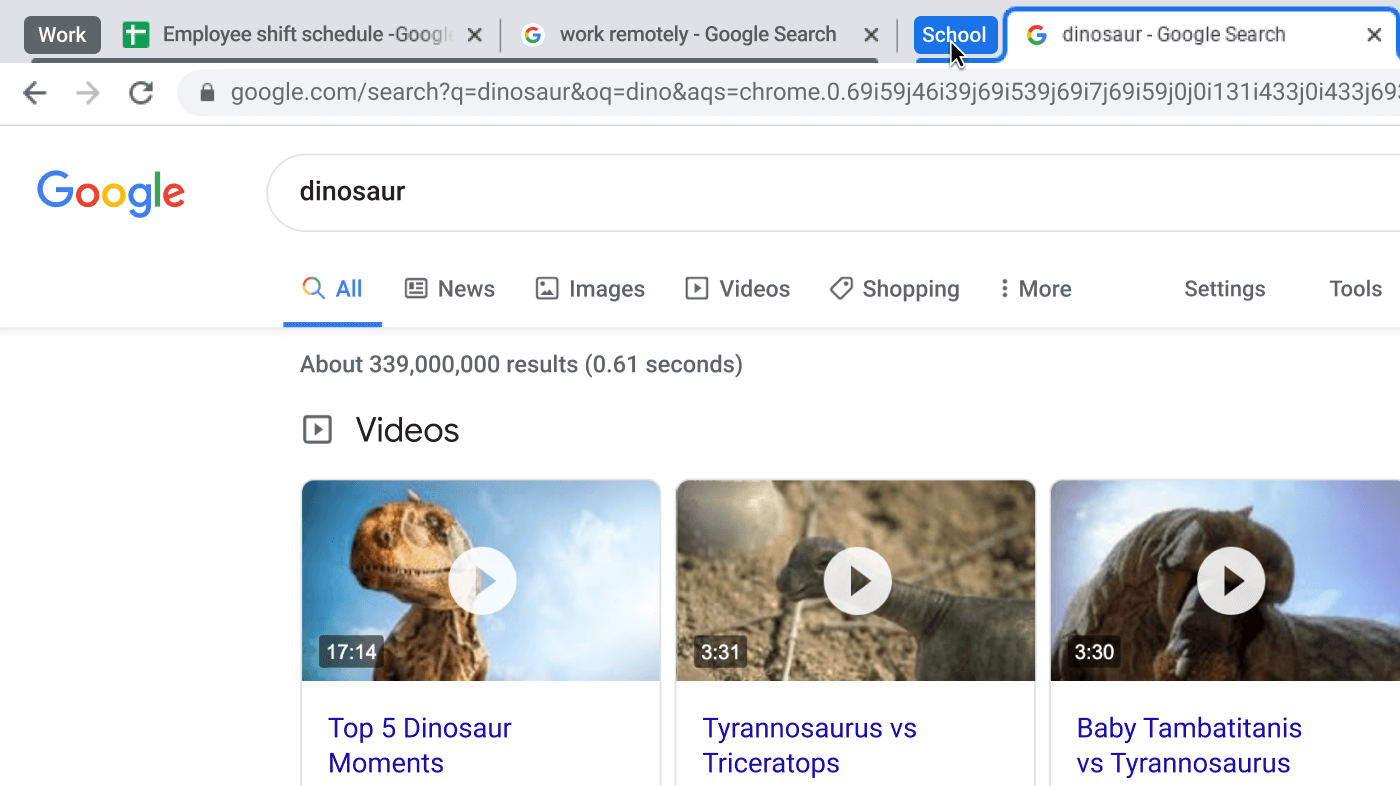

How to Choose What Tabs Appear When You Start Chrome Note that the Windows versions of these shortcuts also work on Linux.

To block all domain connections except the one you’ve whitelisted, as a Chrome user, you can employ the –host-rules parameter.Closing tabs is easy, as we discussed, but if you have a lot of tabs open and you don’t want to close every single tab one by one, you can right-click on the one you want to keep and choose “Close Other Tabs”. Of course, you also won’t be able to open those third-party sites in the chosen browser manually. If they originate from a non-whitelisted domain, third-party scripts won’t be loaded. That is why this approach is so prominent when it comes to websites with sensitive personal information such as medical-related sites, financial sites, email accounts, etc.īy blocking all other websites, you’re blocking all connections except the one to the website you’ve explicitly allowed. By blocking access to all other sites, you become completely protected from attacks such as clickjacking and cross-site scripting. The answer is pretty simple – to protect your account and information. Just the fact that you’ll be using it to access only one website says enough. Blocking all websites except one creates a single-site browser that serves a very specific purpose.


 0 kommentar(er)
0 kommentar(er)
